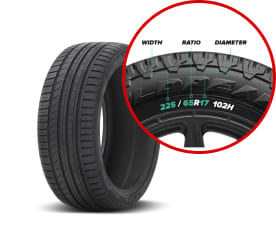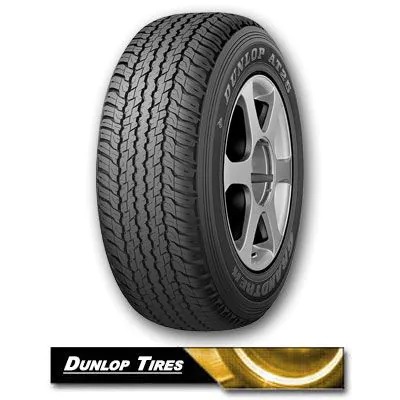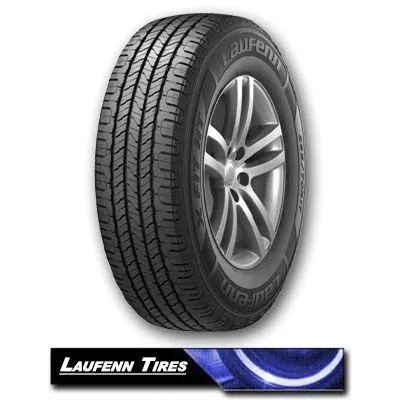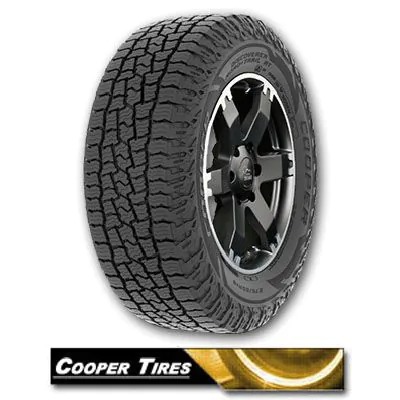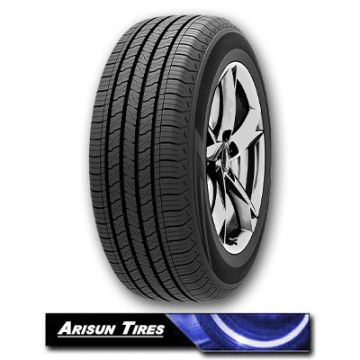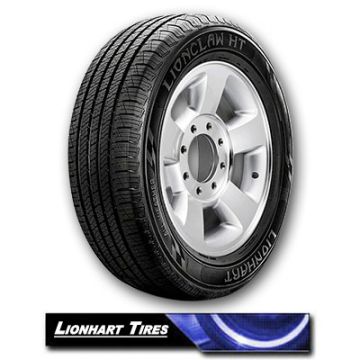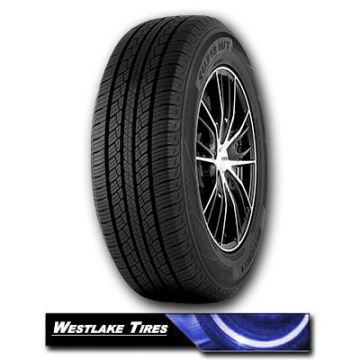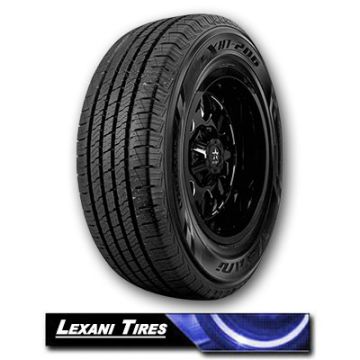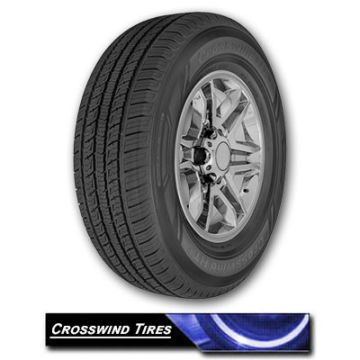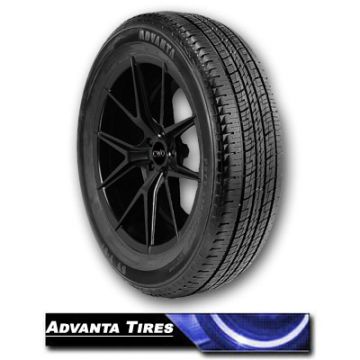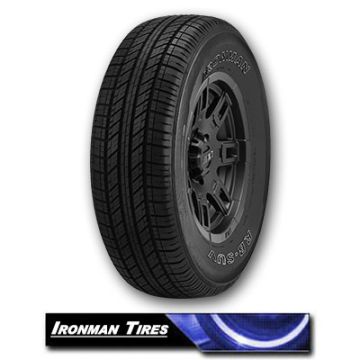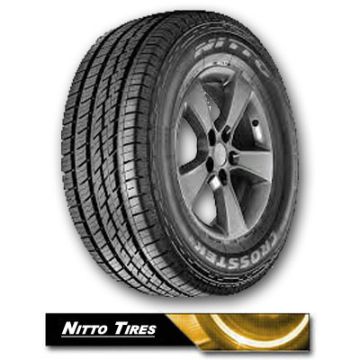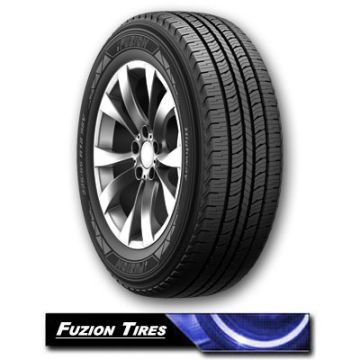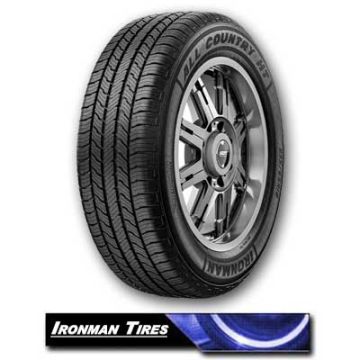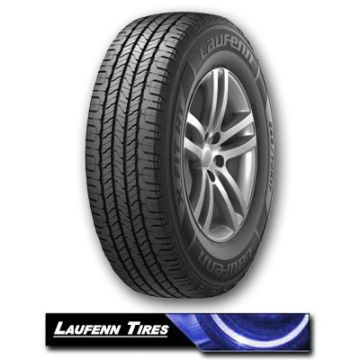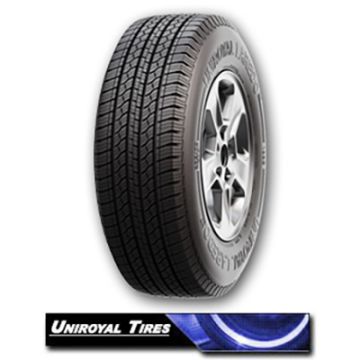Frequently Asked Questions
The term 255/65R17 tire size means that the tire has a tread width of 255 millimeters, the sidewall height is 65% of the tread width, and the rim diameter is 17 inches. This tire size is typical of midsize and large SUVs, crossovers, and light trucks. The vehicles are intended for combination riding, including on-road comfort and off-road capability.
The only difference between these sizes is the measured tread width. The two tire sizes share the same sidewall height of 65% of the tread’s width and rim diameter of 17 inches. The 265/65R17 tire’s tread width is 265 millimeters, while the 255/65R17 is 255 millimeters. The widened tread on the 265/65R17 tire increases its contact with the road surface. Therefore, the tire offers better traction, and stability and is capable of carrying more load. Nonetheless, it might slightly reduce the fuel efficiency capacity of the 265/65R17 as compared to the 255/65R17 with a narrower tread.
These tires' overall diameter is about 31.6 inches or 803 millimeters. It includes a tread width of 265 millimeters, 65% of the tread width sidewall height, and a 17-inch rim diameter. It contributes to an increase in ground clearance for SUVs and light trucks.
The 225/65R17 tire size designation gives direct information about the tire’s parameters. Here, 225 is the tire’s tread width in millimeters, 65 is the sidewall height as a percentage of the tread width, or sixty-five percent, “R” is for “Radial” construction, and 17 is the rim diameter in inches.
The 225 tires cannot replace the 255 tires, as the tread width is comparatively larger for the 255 tires. The 225 tire’s width is 225 millimeters, almost equal to 8.9 inches, and the 255 tire’s width is 255 millimeters, which is approximately equal to 10 inches. Substituting the 255 tires with the 225 tires would mean a narrowing contact patch between the road and the tires. Therefore, the tire’s traction, stability, and load-carrying capacity cannot be grunted with the 225 tires.
